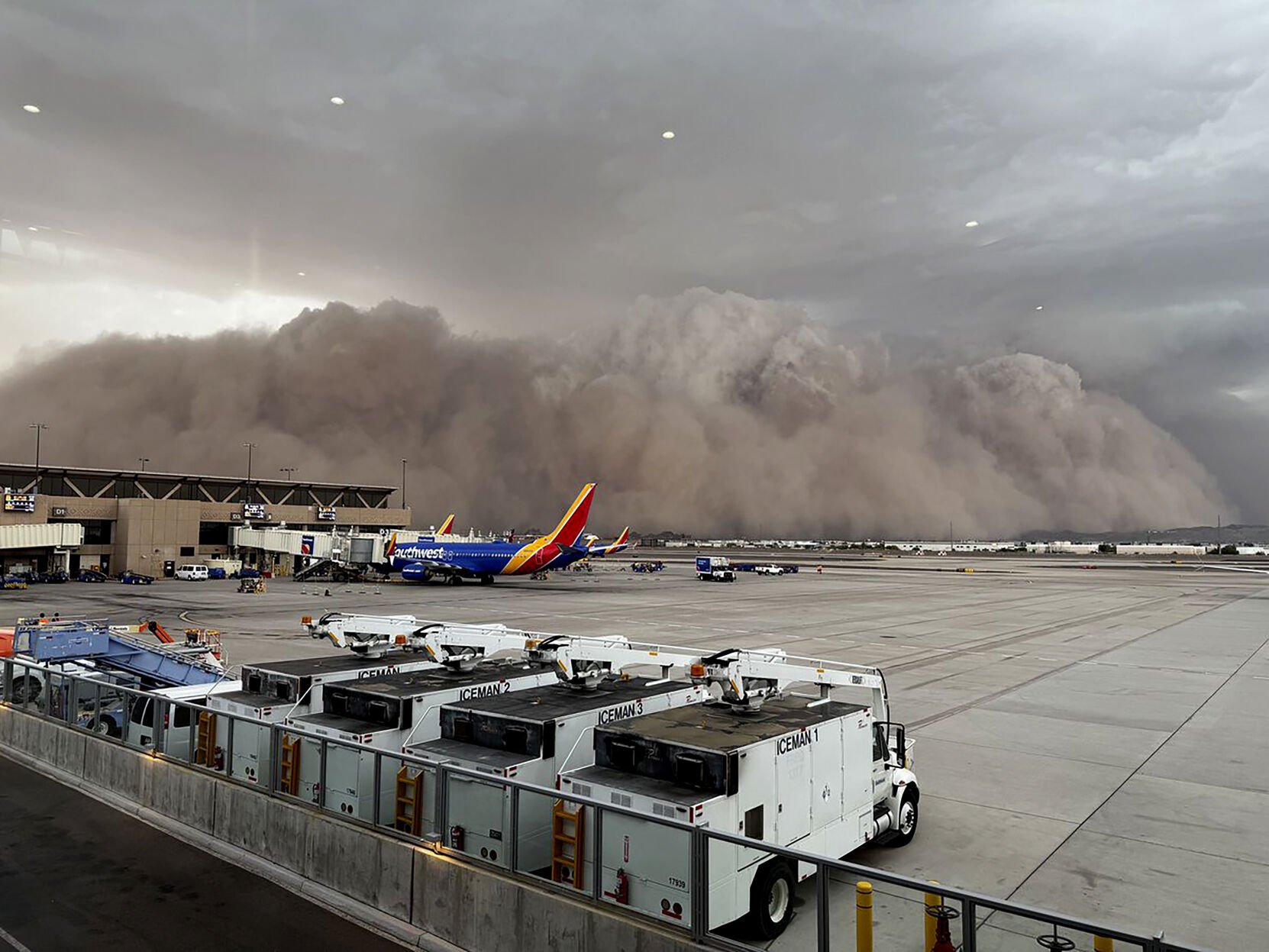Sweeping across the U.S. Southwest, haboobs appear as gigantic clouds of dust and debris. They can be equally mesmerizing and treacherous, especially for drivers on desert roads.
What to know about massive dust storms called haboobs in the US Southwest

Key Takeaways:
- Haboobs appear in the U.S. Southwest
- They can be very large and dramatic
- Thunderstorms trigger them with strong downdrafts
- Motorists face serious hazards due to reduced visibility
- They inspire both awe and fear
Introduction
Massive walls of dust and debris, known as haboobs, periodically roll into the U.S. Southwest. These enormous storms can be awe-inspiring, particularly when viewed from afar, but they also pose a real threat to anyone caught in their path.
Formation of Haboobs
Haboobs gain momentum when strong downdrafts from thunderstorms push air outward. As these downdrafts spread over dry terrain, they scoop up dust and debris, lifting it high into the atmosphere. It is this powerful fusion of wind and loose particulate matter that creates the towering, fast-moving cloud seen sweeping across desert landscapes.
Impact on Motorists
One of the most alarming aspects of haboobs is their suddenness and intensity on roadways. Motorists may find themselves enveloped in a swirling mass of dust that dramatically reduces visibility. This abrupt change poses a hazard, as drivers often have little time to respond before the towering wall of debris descends.
Final Thoughts
Beyond the startling first impression, haboobs serve as a reminder of how powerful nature can be in arid regions. Their massive scale and dramatic visuals underscore the influence of thunderstorm dynamics on desert environments, leaving observers with a renewed appreciation for the elemental forces that shape our world.











